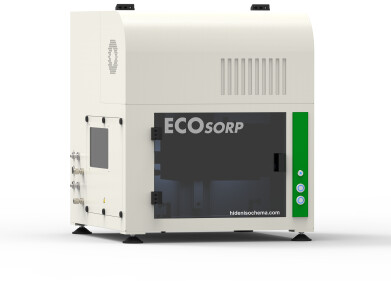Laboratory Products
What Are Silent Spreaders?
Jun 23 2020
While initially the World Health Organisation (WHO) shunned suggestions the chances of contracting COVID-19 via asymptomatic patients was “very rare”, experts now agree silent spreaders could be one of the most dangerous factors driving the global pandemic.
The concept of asymptomatic spread first emerged in Singapore, when health experts started to notice cases of community transmission between individuals who didn’t know each other. “We were extremely perplexed," says Dr Vernon Lee, a preventative medicine physician and Deputy Director for Communicable Diseases in the Singapore Ministry of Health. “People who didn't know one another somehow infected each other.”
The rise of contact tracing
This sparked the emergence of COVID-19 contact tracing, which saw disease detectives link the outbreak to a church service attended by a Chinese couple who weren’t showing symptoms at the time. As well as identifying more COVID-19 cases among people who attended the church service, the detectives found transmission among people who had attended different services. In particular, a lady who had sat in the same seat as the Chinese couple later in the day.
For Lee, this sparked an interest in the idea of “pre-symptomatic transmission” which sees infected patients spread the virus simply by breathing and releasing microdroplets, or by touching a surface that’s been infected. Further studies built on this idea and revealed COVID-19 can live on surfaces for up to five days.
Asymptomatic cases labelled “dark matter of the epidemic”
The asymptomatic research body is still young, with different studies suggesting anywhere from 5% to 80% of COVID-19 patients could fail to present symptoms. Professor Neil Hall, head of the Earlham Institute life science research centre in Norwich, warns “asymptomatic cases may be the 'dark matter' of the epidemic.” He says transmission is inevitably going to increase if people who don’t know they’re infected continue to use public transport facilities and visit community areas. “Any intervention that's only based on people coming to primary health care when they have symptoms will only deal with half the problem,” he says.
Ramping up random community testing
This is where the concept of random community testing comes in. Currently being rolled out in Australian schools, healthcare facilities and hospitality venues, random testing is designed to identify asymptomatic spreaders and place them in isolation. Wuhan adopted a similar approach earlier on in the pandemic, testing around 6.5 million people in just nine days to trace the disease and isolate asymptomatic cases from the community.
From epidemiology to gene therapy, science is at the forefront of modern medicine. To find out more about the latest technologies being used in innovation hubs such as White City in London, don’t miss ‘Choosing the right safety cabinet to advance your gene therapy research.
Digital Edition
International Labmate Buyers' Guide 2024/25
June 2024
Buyers' Guide featuring: Product Listings & Manufacturers Directory Chromatography Articles - Enhancing HPLC Field Service with fast-response, non-invasive flowmeters - Digital transformatio...
View all digital editions
Events
Jul 07 2024 Dublin, Ireland
Jul 20 2024 Denver, CO, USA
Jul 21 2024 Cape Town, South Africa
Jul 28 2024 San Diego, CA USA
Jul 30 2024 Jakarta, Indonesia


















